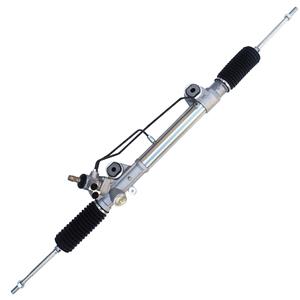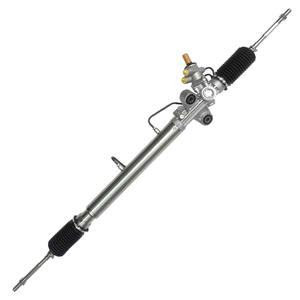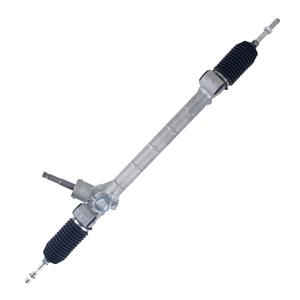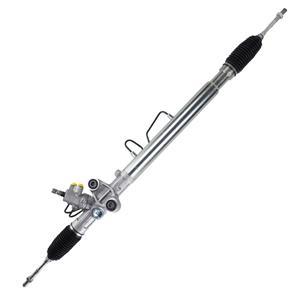What causes power steering fluid leakage and how does it affect the car?
The power steering rack is an integral part of modern cars. Its main function is to help drivers control the steering wheel more easily by providing power assistance. Power steering racks are divided into hydraulic power steering and electric power steering. Hydraulic power steering relies on power steering fluid (also known as hydraulic oil) to provide the required hydraulic pressure. However, as the age of the vehicle increases, power steering fluid leakage is one of the common faults. Power steering fluid leakage not only causes steering failure, but may also have a negative impact on the overall performance and safety of the vehicle.
This article will explore the causes of power steering fluid leakage and analyze in detail its impact on vehicle performance and driving safety. By understanding the sources and hazards of these problems, car owners can more effectively prevent and deal with hydraulic system failures.
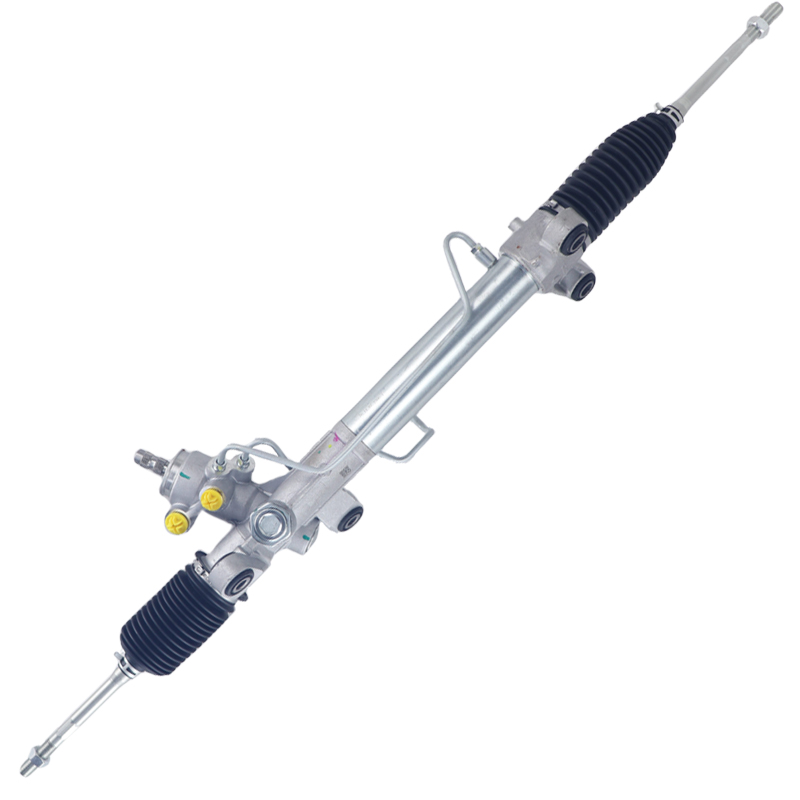
What is power steering fluid?
Power steering fluid is a special hydraulic oil that is used in hydraulic power steering racks to help transmit pressure to reduce the burden on the driver to turn the steering wheel. In a hydraulic power steering rack, the power steering pump pushes the steering mechanism by pressurizing the power steering fluid, making the steering wheel easier to operate at low speeds and maintaining smooth steering at high speeds.
In addition to assisting steering, the power steering fluid also serves to lubricate and cool system components. If the power steering fluid leaks, it will not only weaken the steering power function, but may also cause overheating of the steering system and wear of mechanical components. Therefore, maintaining proper hydraulic fluid level and quality is essential for the proper function of the steering system.
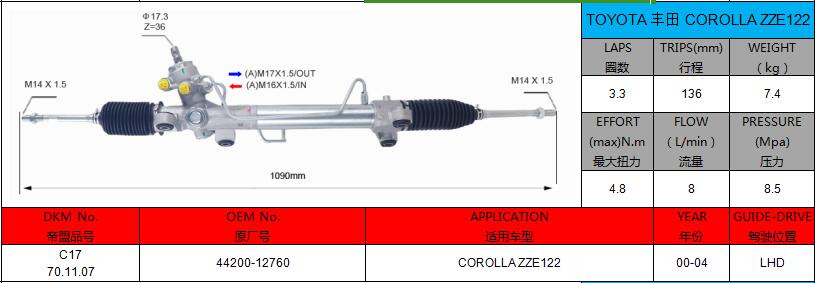
What causes power steering rack leakage?
Leaks in hydraulic systems are usually caused by aging, wear or improper installation of mechanical parts. Power steering rack leakage is mainly concentrated in key components such as hoses, seals, joints and hydraulic pumps. The following are common causes of power steering rack leakage:
Deteriorated or damaged hoses
Power steering racks rely on multiple high-pressure hoses to transport hydraulic fluid from the pump to the steering rack or gearbox. These hoses are usually made of rubber or other flexible materials. Although they are designed to withstand high pressure and high temperature environments, over time, the hoses will age, harden and develop cracks or holes.
Common causes of hose deterioration include:
● Natural aging: Rubber materials will gradually harden and lose elasticity during long-term use, eventually leading to the formation of cracks or holes.
● Temperature fluctuations: High temperatures in the engine compartment and temperature changes in the external environment will accelerate the aging of rubber hoses.
● Mechanical friction: If the hose is not firmly fixed during installation, long-term vibration may cause the hose to rub against surrounding parts and eventually cause damage.
Wear or aging of seals
Seals are one of the key components to prevent hydraulic oil leakage. They are usually located at the joints of power steering pumps, steering racks, gearboxes, etc. These seals are made of rubber or synthetic materials. Although they are durable, they will gradually lose their sealing ability due to long-term use or changes in the chemical composition of the hydraulic oil.
Causes of seal failure include:
● Natural wear caused by long-term use: As the seals wear, the hydraulic oil will gradually leak.
● Chemical corrosion: If inferior or mismatched hydraulic oil is used, it may cause chemical corrosion to the seals, causing them to lose their sealing performance.
● Excessive pressure or temperature: High pressure and temperature in the hydraulic system will cause additional stress on the seals, accelerating their wear and aging.
Power steering pump failure
The power steering pump is the core component of the power steering rack. It is responsible for pressurizing the hydraulic oil and sending it to the steering mechanism. Damage to the pump body or internal mechanical failures may also cause power steering fluid leakage. In particular, the pump shaft seal may lose its sealing performance after long-term use, causing fluid to leak from the pump shaft.
Loose joints or improper installation
The hoses in the power steering rack are connected to the pump body, rack and other components through various joints. Once these joints are loose or improperly installed, they will cause fluid leakage. Loose joints may be caused by wear caused by long-term use, or they may be caused by not tightening to the specified torque during maintenance.
Overuse or improper maintenance
If the vehicle has not maintained the power steering rack for a long time, or the hydraulic oil is not replaced regularly, the various components of the hydraulic system will be subject to additional wear, which will lead to leakage. In addition, the lack of regular inspections may miss early leak signals until the problem becomes more serious.
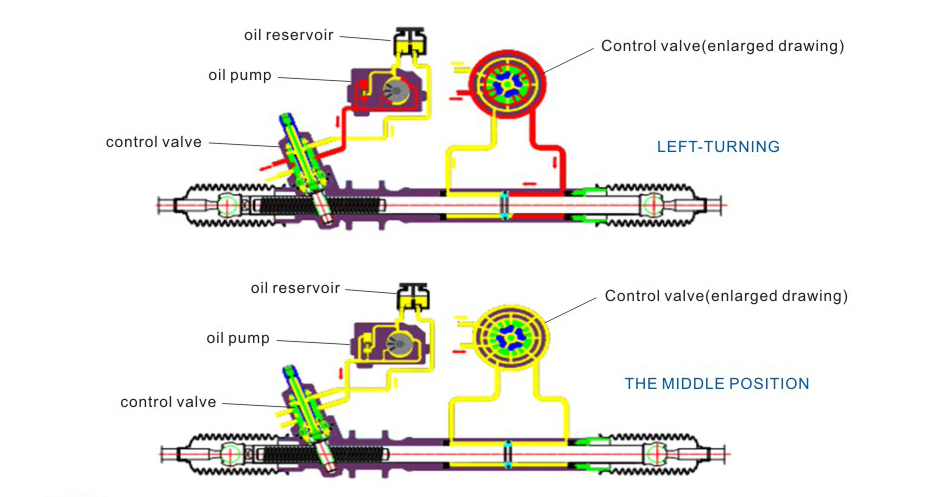
What are the symptoms of power steering fluid leakage?
Power steering rack fluid leakage not only affects the driving experience, but also has a serious impact on the overall performance and safety of the vehicle. Knowing the common symptoms of leakage can help drivers detect and solve the problem in time.
1. Steering becomes heavy
When the power steering fluid is insufficient, the hydraulic system cannot provide enough pressure to help steering, and the driver will find that the steering wheel becomes heavier, especially at low speeds. This phenomenon of steering becoming heavier is usually one of the earliest signs of power steering fluid leakage.
2. Steering system abnormal noise
Hydraulic oil leakage can cause insufficient lubrication in the system, which in turn causes friction between mechanical parts. The driver may hear harsh squeaking or clicking sounds when turning the steering wheel. These sounds are often the result of friction inside the power steering pump or gearbox.
3. Hydraulic oil level drops
If the hydraulic oil leaks seriously, the driver will notice that the power steering fluid level drops rapidly in a short period of time. Insufficient hydraulic oil will directly affect the performance of steering assistance, so regularly checking the power steering fluid level is an important means to prevent leakage.
4. Steering system fault light is on
Modern vehicles are usually equipped with a variety of sensors to monitor the working status of the power steering rack. If the hydraulic oil leaks and the hydraulic pressure is insufficient, the sensor will detect the abnormality and trigger the fault warning light on the dashboard.
5. Steering failure
If the power steering fluid leaks too much, the hydraulic system completely loses the power-assist function, and the driver may lose effective control of the steering wheel during driving. In this case, the vehicle's maneuverability is greatly reduced, greatly increasing the risk of driving safety.
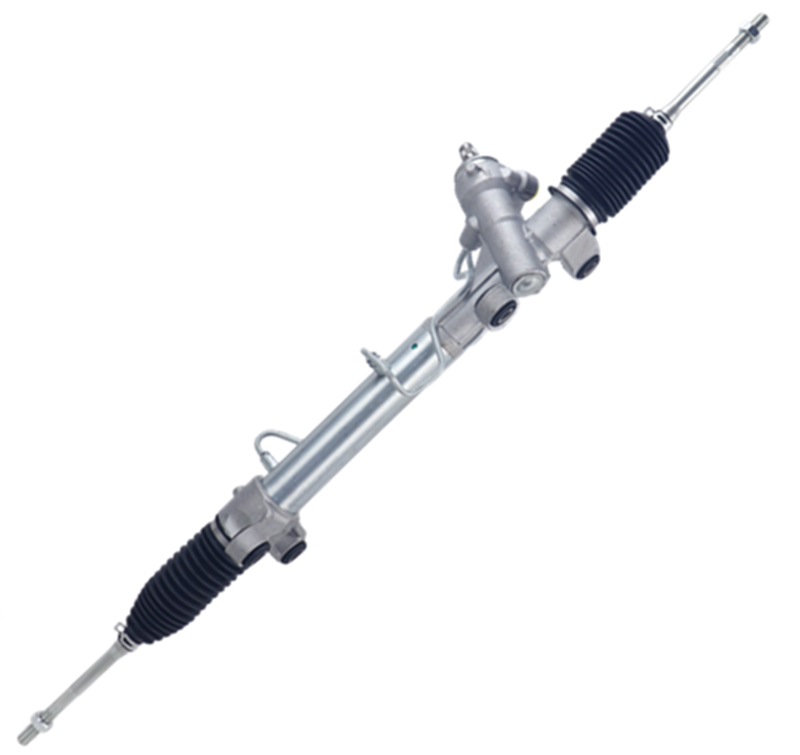
How to repair and prevent power steering rack leakage?
Once the problem of power steering fluid leakage is discovered, it should be repaired in time to avoid further damage to the vehicle. According to the specific location and cause of the leak, the repair methods can be divided into the following categories:
Replace aging hoses and seals
For leaks caused by aging hoses or seals, replacing damaged hoses and seals is an effective way to solve the problem. When replacing, it is recommended to choose high-quality parts that match the original vehicle to ensure that they can be used for a long time under high pressure and high temperature.
Check and tighten loose joints
If the leak is caused by a loose joint, the problem can be solved by re-tightening the joint. During the repair process, be sure to ensure that each connection point is tightened according to the specification and avoid over-tightening to prevent damage to the joint.
Repair or replace the power steering pump
If the pump body is damaged or the shaft seal is leaking, the power steering pump may need to be repaired or replaced. This operation is usually complicated and is recommended to be performed by a professional technician.
Regularly change the hydraulic fluid
Regularly changing the power steering fluid can effectively prevent the impact of fluid deterioration on the system. High-quality hydraulic fluid can not only extend the service life of system components, but also reduce the possibility of leakage.
DKM Company is a trusted manufacturer and supplier of power steering racks, serving global markets with precision-engineered products. Our modern factory spans over 20,000 square meters, equipped with advanced CNC and heat treatment technology. Compatible with brands like Toyota, Hyundai, and Mitsubishi, our products are ideal for dealerships and distributors. Buy direct from the factory at low prices with wholesale discounts. Get in touch for customized solutions and quotes!

